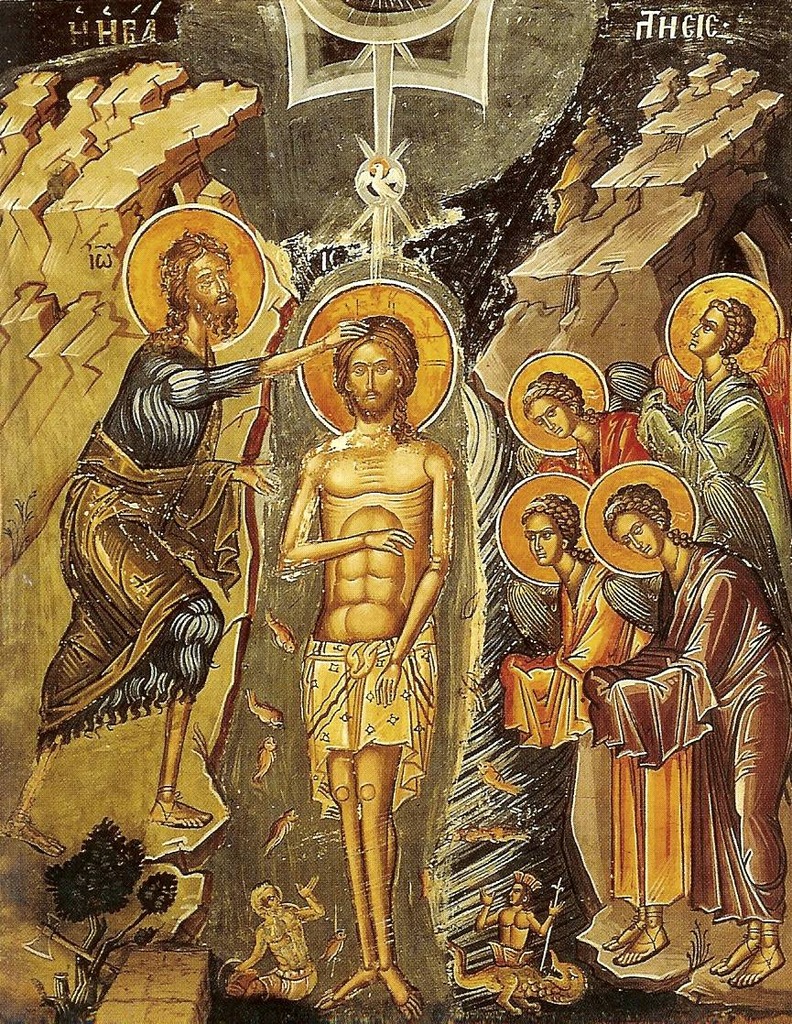It’s no mystery that I am a pro-wrestling fan and that my fandom spills over the boundaries of mainstream American graps such as World Wrestling Entertainment (WWE) to include independent promotions in the U.S. and Europe, Lucha Libre from Mexico, and puoresu from Japan. Many moons ago, when I has but a lad of 17, I purchased two 4-head VCRs for the purpose of double taping and dubbing American wrestling matches for the purposes of trading my wares with fans abroad for their local brand of wrestling goodness. I would scour listservs and other forums for results from the biggest shows abroad and then vow to track down the bouts, sometimes waiting as long as six months before getting my hands on them. To this day, my mother’s basement storage area still houses hundreds of video tapes with countless hours of wrestling from Japan, Mexico, Puerto Rico, the United Kingdom, Germany, and even North Korea. Today, almost all of that footage is available online, either “illegally” (that’s debatable) from video websites or licitly from the growing number of dedicated pro-wrestling streaming services that have come online over the past three years. Never in my teenage dreams did I believe such a thing would be possible and yet here we are.
For those unaware, New Japan Pro Wrestling (NJPW) began 45 years ago as a way to showcase what became known as “strong style,” that is, Japan’s unique blend of martial-arts striking and submission wrestling in a worked forum (i.e., the outcomes are predetermined). Today, thanks to tape trading, foreign talent exchanges, and the aforementioned streaming services, strong style is literally everywhere, though arguably few do it well outside of its original Japanese context. For instance, when Shinsuke Nakamura, the self-proclaimed “King of Strong Style,” left New Japan last year for WWE’s NXT brand, everyone knew he would have to cool his jets a bit. And while Nakamura has found a way to retain his strong-style approach to wrestling, it’s clear to anyone who followed his Japanese work that it is watered-down presentation of what he can do fully in the ring. Although NJPW, like any wrestling promotion, has had its ups and downs over the decades, most agree that the promotion has been firing on (almost) all cylinders for the past five years thanks to a mixture of grizzled veterans, new stars, and (largely) top-shelf foreign talent. With the launch of the New Japan World streaming service for a mere 999 Yen per month (roughly $10), which includes new live events and a treasure chest of archival material, NJPW is finally able to reach a global audience quickly and efficiently. Moreover, because of growing interest from the Anglophone world, New Japan World now offers English-language commentary for its biggest shows, though I confess that I still love listening to the Japanese announcers, particularly when the big bouts are hitting their respective crescendos.
For the past 25 years, it has been a NJPW tradition to run shows at the famous Tokyo Dome on January 4. Though the event names have changed over the years, the company has now settled on “Wrestle Kingdom” as its premiere event where all of the major promotional feuds are (typically) brought to a close. Unlike the WWE and other American promotions today, NJPW’s booking style is pretty straightforward: Wrestler A wants to prove he is better than Wrestler B, so they’re going to lock up in the ring to find out. There are, of course, personality clashes mixed in, not to mention some colorful characters and a few guys willing to bend the rules to the breaking point to get what they need, but more times than not it all makes sense. Relying less on over-the-top angles and heavily scripted interview segments, many of New Japan’s storylines are advanced in the ring. In fact, it doesn’t take much effort to figure out the personalities, feuds, and goals in play just by watching a couple of shows, English commentary or not. Yes, NJPW, like all of pro-wrestling, is a work, that is, the wrestlers are not actively competing against each other, but when it comes to Wrestle Kingdom in particular, they are competing for the audience’s adulation and the right to be viewed as the best performers on the planet.
For those interested, here is my brief review of last night’s Wrestle Kingdom 11 event from Tokyo. Instead of running the risk of catching spoilers online, I actually arose at 3am EST yesterday (5pm Tokyo time) to watch the entire show as it unfolded lived. Since I have not had time to go back and re-watch any of the matches, these comments — and the five-star rating system I employ — are best on first impressions from seeing the bouts as they happened. In the heat of the moment, there isn’t much time to second-guess certain spots, match length, or results; the real question comes down to whether or not you are entertained. Not surprisingly, I was very entertained.


